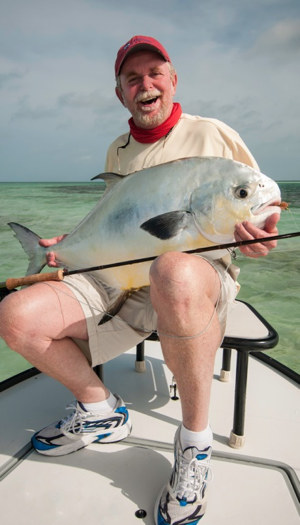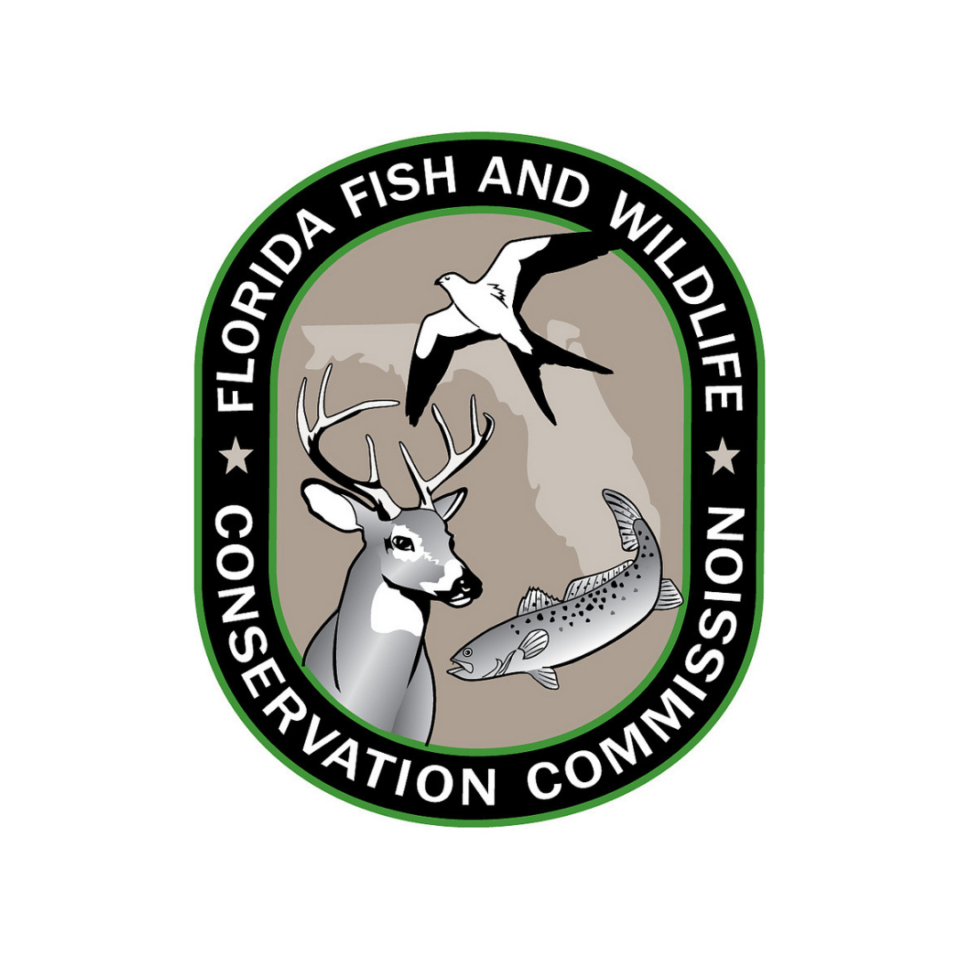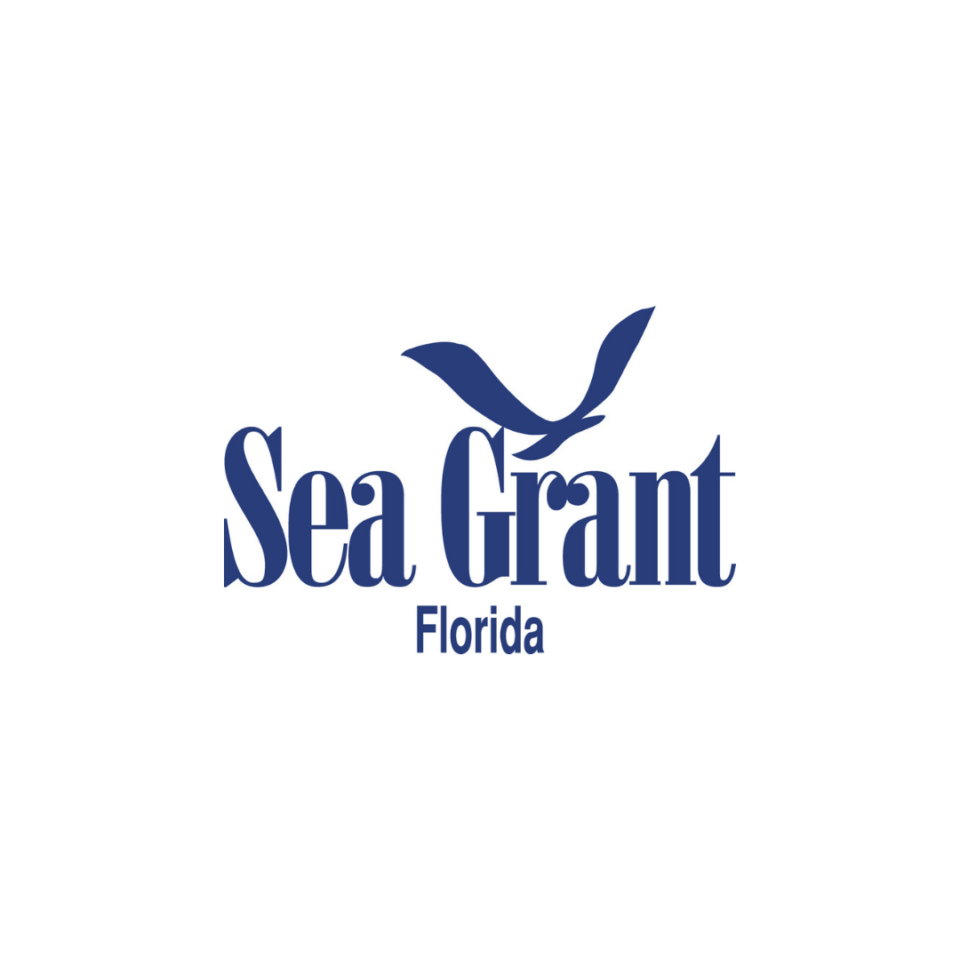Shellfish in Sarasota
Published by Ocean Conservancy
Rusty Chinnis is a founder of and is Chairman Emeritus of Sarasota Bay Watch, a non-profit working to preserve and restore Sarasota Bay’s ecosystem through education and citizen participation.

My experiences on the ocean have defined my life. They began almost seven decades ago with fishing trips and picnics with family on the coast of North Carolina. Those were formative years and cemented my love for and appreciation of the ocean. I’ve been living on Florida’s Gulf Coast now for almost forty years. Over the years I’ve enjoyed fishing, swimming and exploring the gulf and its estuaries.
I’ve also experienced many red tide episodes, events that science tells us are naturally occurring and formed offshore in the Gulf of Mexico. Science and history document that these events are natural and fed by nutrients in the water. What is not natural in my experience is the number of occurrences, their severity and duration. Excess nutrients in our bays and rivers are thought to feed the red tide and draw it towards shore.
In 2007 after an extended red tide event, Sarasota Bay Watch was formed to increase awareness of the importance of the health of the bay and gulf waters. The red tide organism, Karenia brevis, seems to thrive with warming ocean temperatures and excess nutrients, which have led to toxic and economically damaging blooms like the one we are now experiencing in 2018.
The current extreme and extended red tide event underscores the urgent need for action.


“Restoration of an estuary is a daunting task that requires the cooperation of many partners to be sustained over extended periods of time. Sarasota Bay Watch events have raised awareness for thousands, and their persistent efforts have undoubtedly contributed to the maintenance of this tenuous scallop population in southwest Florida.”
Research Scientist, Fish & Wildlife Research Institute, Florida Fish & Wildlife Conservation Commission
One potential counterpunch to these events is through shellfish restoration projects.
Shellfish, like clams, oysters, and scallops remove nutrients, clean the water column and provide food for a host of other organisms. Like all bivalves, clams were once abundant in the bay but unfortunately their numbers are down significantly. Sarasota Bay Watch works with concerned “citizen scientists” to repopulate our waterways with shellfish. These restoration activities improve the health of our bay and are something we’ve seen provide environmental and economic benefits.


“Bivalve shellfish are an important prey item for a diversity of marine life in Sarasota Bay including sportfish, stingrays and shorebirds. Simply by feeding and growing, they filter water, sequester carbon and assist with nutrient removal. More bivalves in the bay is a good thing!”
Florida Sea Grant
In addition to hopefully getting more shellfish back in the bay, there is a positive side to the current outbreak, it’s a reminder that we all can be part of the solution. We can all do something to reduce pollution from our own lives, to add more life to the bay, and to protect wild habitats where nature thrives.
The future well-being of everything we enjoy about our bay and waterways will soon be in the hands of today’s youth. Sarasota Bay Watch engages the future generation in active conservation projects through native shellfish restoration and youth conservation stewardship programs.
Sign up for our emails!
The post Shellfish in Sarasota appeared first on Ocean Conservancy.
Read the full article at: https://oceanconservancy.org/blog/2018/10/12/shellfish-in-sarasota/



